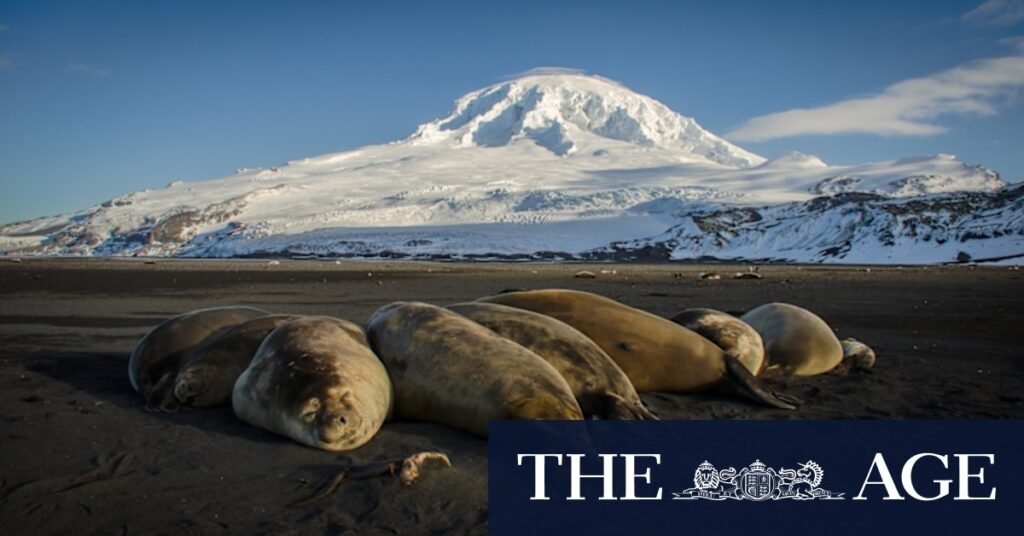
The deadly wave of H5N1 avian influenza, which has been decimating wildlife globally, is now suspected to have reached the elephant seals on Heard Island, a sub-Antarctic Australian territory. Scientists from the Australian Antarctic Program have reported an unusual number of deceased elephant seals displaying symptoms consistent with the virus. However, confirmation of an outbreak awaits the results of samples being sent to Australia for testing.
This development follows a pattern seen in other parts of Antarctica and sub-Antarctica, where the virus has wreaked havoc on a wide range of wildlife. The H5N1 strain has spread to every continent except Australia, resulting in massive animal deaths. In South America alone, since late 2022, the virus has killed over 30,000 sea lions, 17,000 southern elephant seal pups, and at least 650,000 native birds, including 40% of Peru’s pelicans.
Global Impact of H5N1 Avian Influenza
Dr. Michelle Wille from the University of Melbourne’s WHO Collaborating Centre for Reference and Research on Influenza described the disease as having been “catastrophic everywhere.” She expressed concerns that it is only a matter of time before the virus reaches Australia.
“We’re seeing lots of animals with signs of neurological disease: they can’t stand up, they fall over, and birds are often twisted in this really strange position called torticollis,” Wille said. “When they die, we also see respiratory signs in animals, so they struggle to breathe.”
On the French sub-Antarctic islands of Kerguelen and Crozet, which are just 500 kilometers from Heard Island, similar symptoms have been observed, including seals with eye infections resembling goggles. Despite these alarming signs, scientists on Heard Island have not reported unusual mortality among other species such as penguins and seabirds, according to a joint statement from the federal environment and agriculture departments.
Testing and Preparedness Efforts
The mission to the remote Heard Island, located 4,000 kilometers southwest of Perth and 1,700 kilometers north of Antarctica, was initiated after the virus was detected on the nearby Kerguelen and Crozet islands. Samples have been carefully collected and will undergo testing at the CSIRO Australian Centre for Disease Preparedness once the ship returns to Australia in mid-November. The results will take several weeks to process.
Although the discovery on Heard Island does not significantly increase the risk of the virus spreading to mainland Australia, experts warn that it is likely to arrive via migrating birds eventually. In response, the Australian government is investing over $100 million in bird flu preparedness, including enhanced surveillance of wild birds. The public is also encouraged to report any wildlife exhibiting symptoms.
Future Implications and Expert Opinions
Dr. Wille noted that while there have been no cases of human-to-human transmission, there are instances of humans contracting the virus from wildlife and farm animals. This highlights the urgent need for vigilance and preparedness.
Dr. Carol Booth, policy director at the Invasive Species Council, emphasized the importance of updating federal environmental laws to better prepare Australia for future threats similar to the looming H5N1 catastrophe.
“Australia needs to prepare not just for the ‘looming H5N1 catastrophe,’ but to update federal environmental laws to ensure Australia would be prepared for similar threats in future,” Booth stated.
The situation on Heard Island is a stark reminder of the global reach and devastating impact of the H5N1 virus. As scientists and policymakers work to mitigate its effects, the world watches closely, hoping for effective containment and prevention strategies.






